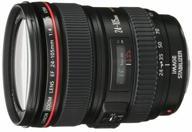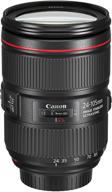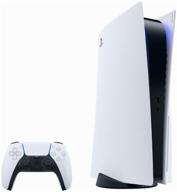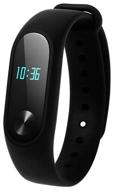
Review on Rokinon FE75MFT-B 7.5mm F3.5 UMC Fisheye Lens for Micro Four Thirds (Olympus & Panasonic) - Black by Ryan Lindstrom

Wow! Amazing picture quality!
Wow, that's a really surprisingly good fisheye lens. The price is even more incredible. First the image quality: At F/5.6 it is razor-sharp right into the corners, at F/3.5 (large aperture) it is sharp almost over the entire image and shows only the slightest blurring (actually only visible at 200% ). at the extreme corners. I have to say when I opened my test shots in Lightroom my jaw dropped, I really wasn't expecting such a good performance. There is a slight red-cyan lateral chromatic aberration. This is easy to handle in Lightroom with the CA slider, and any modern image editor should have a similar control. Second build: This is a well constructed lens. Most of the body is made of high quality plastic. The bayonet and lens base are metal (the silver part of the black lens) as is the red ring. The rest of the lens body is made of plastic. The lens cap has an efficient latch that holds the lens hood tabs. This is better than the friction fit design but requires the lens cap to be aligned when fitted. This is an amazingly small lens. Check online reviews to get a sense of relative size. The focus ring is nicely muted. The aperture ring feels comfortable and has distinct clicks. This is a very small lens so care must be taken not to hit a ring when adjusting the other. Third, the price: the fisheye is twice as expensive and twice as expensive as this lens. Samyang/Rokinon have been making some impressive lenses lately at a reasonable price and this lens has to be one of the best value for money. Finally, some hopefully helpful details and explanations. Market. Samyang makes the 8mm APS-C fisheye, which differs in that it uses stereographic projection. There was some confusion on the web about the projection of this new 7.5mm lens when it came out, but I've tested and measured it and it's an equal area projection. Read the Wikipedia article Fisheye Lens for detailed information on the different types of fisheye projections (mappings). This is a fully manual lens with manual iris and manual focus. Some of these lenses are coming out for Micro Four Thirds cameras, but if you are unfamiliar with using such a lens, do your homework! Essentially, you control aperture with a ring on the lens, and you always have to focus manually. Many cameras require you to enable a setting such as "Record without a lens" to tell the camera that you are using a lens that is not electrically connected to the camera. For a fisheye it doesn't matter, you rarely focus the lens because the depth of field is very large. Manual focusing is also fairly easy on most Micro Four Thirds cameras, as you can zoom in live to check focus. You may find it odd to use and the novelty may wear off over time. However, there is another way to use this lens. Software (both free and paid) lets you "get the fish out of your lens" by applying a transform to the images you capture with it. You can make it look like a straight 7.5mm lens. Since this lens is very sharp, it actually works very well. You can find many examples of people doing this online. One problem: this makes framing a little difficult - a lot of what you see in the viewfinder will be cropped once you "pick the fish out of the picture" in post-processing. Conclusion: If you've always wanted a fisheye lens and you have a Micro Four Thirds camera, this is the lens for you!
- Top marks for support and durability from testers
- Not as thick as other models












